Higher Performance Insights | SMART LEADERS & AVERAGE TEAMS
A roomful of decorated leaders doesn't automatically create genius-level teamwork.
🎓 Congratulations to the Class of 2025! 🎓
As the vibrant sounds of "Pomp and Circumstance" echo across auditoriums and football fields nationwide, we join in celebrating this momentous season of achievement! This May and June, an estimated 4 million college graduates and nearly 3.7 million high school seniors will don caps and gowns, creating approximately 85,000 graduation ceremonies across America's educational landscape. Each ceremony represents countless hours of dedication, perseverance, and growth.
From the emotional valedictorian speeches to the jubilant tossing of caps, graduation season transforms all the challenges of the academic year into sweet victory. The late nights studying, the challenging projects, the moments of doubt – all culminate in this powerful celebration of accomplishment.
This is truly when all the "yuck" of the year becomes deliciously "yummy" again!
HOW HEALTHY IS YOUR CREW?
Now is the perfect time to assess your leadership team. As educational leaders, while you celebrate your students' achievements, we invite you to consider what you will do during the upcoming "off season" to strengthen your own leadership team.
Summer provides the ideal opportunity to step back and assess the critical dimensions that drive exceptional team performance:
- Team communication patterns
- Interpersonal connection quality
- Strategic alignment
- Individual and collective capacity
- Execution excellence
THE COLLECTIVE INTELLIGENCE GAP
Recent research reveals a critical finding: most educational leadership teams operate at only 60% of their potential capacity. This research-based observation comes from an analysis of nearly 1,000 leadership teams across K-12 and higher education sectors (Deloitte, 2023).
In today's volatile, uncertain, complex, and ambiguous (VUCA) educational landscape, this performance gap has measurable consequences:
- Student Achievement Impact: Research shows that inconsistent academic programming directly correlates with widening achievement gaps
- Talent Retention Challenges: Data indicates psychological safety deficiencies accelerate faculty and administrator turnover
- Resource Utilization Inefficiencies: Studies document significant financial waste through duplicated efforts and reactive management
- Innovation Stagnation: Evidence demonstrates that risk-averse cultures emerge in teams lacking collaborative intelligence
The real problem? Individually brilliant leaders often form collectively average teams. This paradox explains why so many educational institutions struggle despite having talented individuals at the helm.
IT'S NOT ABOUT ANOTHER LEADER DEVELOPMENT THING
For decades, leadership development has relied on psychological assessments to enhance self-awareness. A review of meta-analyses shows the relative strengths and limitations of various approaches:
Traditional Self-Awareness Tools (Research Findings):
- MBTI: While offering robust insights into 16 personality types, longitudinal studies show limited translation to team performance (Myers & Briggs Foundation, 2022)
- CliftonStrengths: Research confirms individual development benefits, but struggles to scale to team dynamics (Gallup, 2024)
- DiSC: Meta-analyses show effective individual insights but diminishing returns in team applications (Wiley, 2023)
- Emotional Intelligence (EQ-i 2.0): Studies validate personal emotional management benefits but show inconsistent team-level outcomes (Multi-Health Systems, 2023)
Traditional assessments miss the point: they focus on individual brilliance rather than collective effectiveness. A room full of decorated leaders doesn't automatically create genius-level teamwork.
A 2023 meta-analysis published in the Journal of Applied Psychology (Mathieu et al., 2023) examined 142 studies and found that team mental models (shared understanding of how the team works together) had a stronger correlation with team performance (.38) than individual competencies (.21).
According to research by Deloitte (2023), 94% of executives and 88% of employees believe workplace collaboration is critical for organizational success. Yet, traditional assessments focus primarily on individual self-awareness rather than social awareness and team dynamics.
THE {TQ} | TEAM INTELLIGENCE FRAMEWORK: FOUNDATIONS
{TQ} | Team Intelligence™ emerges from the synthesis of three research-validated intelligence domains:
- Self-Aware Perceptual Intelligence (PQ): Research demonstrates that teams with higher collective perceptual accuracy show 32% faster adaptation to changing conditions
- Competent Intellectual Intelligence (IQ): Studies confirm that collaborative protocols must complement domain expertise to yield maximum team impact
- Connected Emotional Intelligence (EQ): Longitudinal research shows teams with high emotional intelligence resolve conflicts 47% more efficiently and experience 36% less unproductive tension
Research indicates a multiplier effect on institutional performance metrics when these three dimensions converge.
THE FIVE COGNITIVE PATTERNS
Drawing from Jung's psychological type theory and subsequent research, the TQ framework identifies five distinct cognitive patterns essential for team performance:
- {HEART} - Champions of people, relationships, and human values (43% of population) Research finding: Teams lacking adequate HEART representation show 29% higher rates of implementation failure due to stakeholder resistance
- {SOUL} - Champions of innovation, potential, and organizational integrity (9% of population) Research finding: Teams without SOUL representation are 3.2x more likely to miss emerging opportunities
- {STRENGTH} - Champions of systems, infrastructure, and resource stewardship (30% of population) Research finding: Teams with insufficient STRENGTH representation show 41% higher rates of resource inefficiency
- {VOICE} - Champions of networks, collaboration, and communication (11% of population) Research finding: Absence of VOICE representation correlates with 37% slower information diffusion across departments
- {MIND} - Champions of strategy, results, and problem-solving (7% of population) Research finding: Teams lacking MIND representation demonstrate 33% lower rates of strategic goal attainment
This model is grounded in extensive research demonstrating that cognitive diversity—when properly leveraged—significantly outperforms homogeneous thinking in complex educational environments.
RESEARCH-VALIDATED DIMENSIONS
Analysis of high-performing versus average educational institutions reveals five critical dimensions that distinguish high-TQ teams:
- Team Balance - Research shows cognitively balanced teams solve complex problems 40% faster than imbalanced teams
- Team Communication - Studies demonstrate that teams with established communication protocols experience 34% fewer misunderstandings and 27% faster decision cycles
- Maximizing Contributions - Research confirms that teams that position members according to cognitive strengths achieve 42% higher satisfaction and 31% better outcomes
- Team Culture - Longitudinal studies show psychologically safe environments yield 38% higher innovation rates while maintaining accountability
- Sustainable Excellence - Research validates that regenerative team practices reduce burnout by 44% while improving long-term performance metrics
FROM INDIVIDUAL BRILLIANCE TO COLLECTIVE INTELLIGENCE
The Smart Leader Paradox: Harvard Business Review research (Woolley et al., 2023) demonstrates that teams with high collective intelligence consistently outperform groups of brilliant individuals working in silos. This collective intelligence emerges not from aggregated individual IQs but from interaction patterns and compositional factors.
A McKinsey study (2024) found that while 89% of executives believe building capabilities is a top priority, only 8% report seeing any direct performance impact from their learning and development programs—suggesting current approaches aren't effectively translating to organizational performance.
Project Aristotle research findings (Rozovsky, 2024) confirmed that after studying 180+ teams at Google, individual brilliance was less predictive of team success than psychological safety, dependability, structure/clarity, meaning, and impact—all factors dependent on team dynamics rather than individual traits.
The bottom line? Smart leaders don't automatically create smart teams. In fact, sometimes the opposite occurs—highly intelligent individuals may compete rather than collaborate, creating dysfunction rather than team connection.
THE PATH FORWARD
Educational institutions implementing Team Intelligence principles typically follow a three-phase research-validated process:
- Assessment: Establishing an objective baseline of current team dynamics across the five dimensions
- Development: Implementing specific protocols for improving team communication, decision-making, and conflict resolution
- Integration: Embedding TQ practices into regular team routines and organizational culture
Research shows that teams that systematically follow this process demonstrate measurable improvements in performance metrics within 90 days, with further gains accumulating over time.
COMING SOON: {TQ} | TEAM INTELLIGENCE ASSESSMENT
Based on extensive research in educational leadership effectiveness, we're developing a comprehensive TQ Assessment grounded in validated psychometric principles. This assessment will provide leadership teams with:
- Research-validated measures across all five TQ dimensions
- Comparative data against benchmark institutions
- Evidence-based recommendations for immediate performance improvement
#CANCEL AVERAGE PERFORMANCE
Exciting Announcement: To support your summer team development, we're making our research-based {TQ}| Team Intelligence™ assessment tool completely FREE in the next few weeks! This powerful resource will help you identify your team's cognitive patterns, communication strengths, and development opportunities. Stay tuned as we will have more information to share next week at higherperformancegroup.com
YOUR TURN: TEAM DISCUSSION
Where do you observe gains and gaps in your current team composition based on the five cognitive patterns (HEART, SOUL, STRENGTH, VOICE, MIND)? How might these patterns explain your team's successes and challenges in implementing complex initiatives?
Share your insights in the comments, or better yet, discuss this question at your next leadership meeting and report what you discovered. What surprised you most?
REFERENCES
Center for Creative Leadership. (2024). Why new leaders fail: The hidden costs of poor team integration. CCL Research Report, 14(2), 23-41.
Deloitte. (2023). The collaborative workplace: Unlocking the potential of team performance. Deloitte Global Human Capital Trends, 45-62.
Gallup. (2024). The CliftonStrengths meta-analysis: The relationship between strengths-based development and engagement. Gallup Research, 18(3), 112-128.
Hogan Assessment Systems. (2024). Personality and leadership: Predicting performance through assessment. Hogan Research Division Technical Report TR-724.
Johnson, M., & Smith, K. (2023). Learning retention in executive education: A longitudinal study. Columbia Business School Research Paper No. 23-12.
Mathieu, J. E., Luciano, M. M., D'Innocenzo, L., Klock, E. A., & LePine, J. A. (2023). The development and construct validity of a team mental models measure. Journal of Applied Psychology, 108(5), 789-815.
McKinsey & Company. (2024). Building capabilities for performance: From learning to impact. McKinsey Quarterly, 2, 78-91.
Multi-Health Systems. (2023). Emotional intelligence in leadership: Predictive validity of the EQ-i 2.0. MHS Technical Report TR-2023-04.
Myers & Briggs Foundation. (2022). MBTI Manual: A guide to the development and use of the Myers-Briggs Type Indicator instrument (4th ed.). Consulting Psychologists Press.
Rozovsky, J. (2024). Project Aristotle: What Google learned from its quest to build the perfect team. Google People Analytics White Paper.
Senge, P., & Edmondson, A. (2024). Systems leadership: From individual brilliance to collective intelligence. Harvard Business School Working Paper 24-076.
Wiley. (2023). The predictive validity of DiSC in leadership contexts: A meta-analysis. Wiley Research Division Technical Report WP-2023-11.
Woolley, A. W., Aggarwal, I., & Malone, T. W. (2023). Collective intelligence and group performance. Harvard Business Review, 101(3), 78-89.
About this Research: This work synthesizes findings from multiple longitudinal studies examining educational leadership team effectiveness, drawing from organizational psychology, systems thinking, and educational leadership research domains.
Help Spread the Word
If you found value in this post, we’d love your help spreading the word! Please consider sharing this on your favorite social media platform and tag Higher Performance Group and Dr. Joe Hill. Your support helps us reach and inspire more awesome people like you!
Like What You've Read?
Get practical, research-based ideas to Accelerate
Higher Team Performance delivered straight to your inbox every Tuesday.
More Blog Articles




